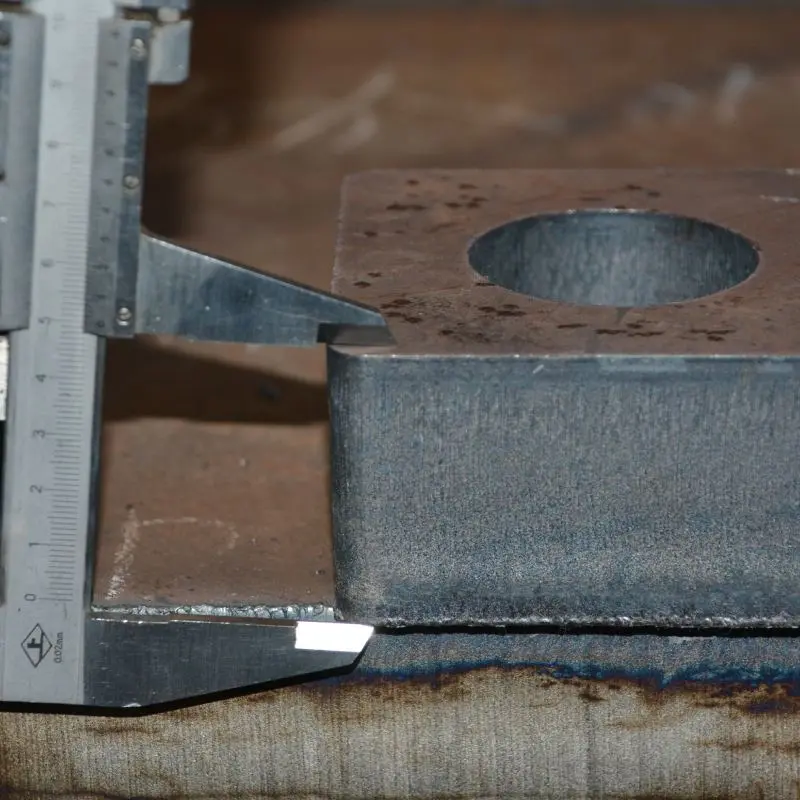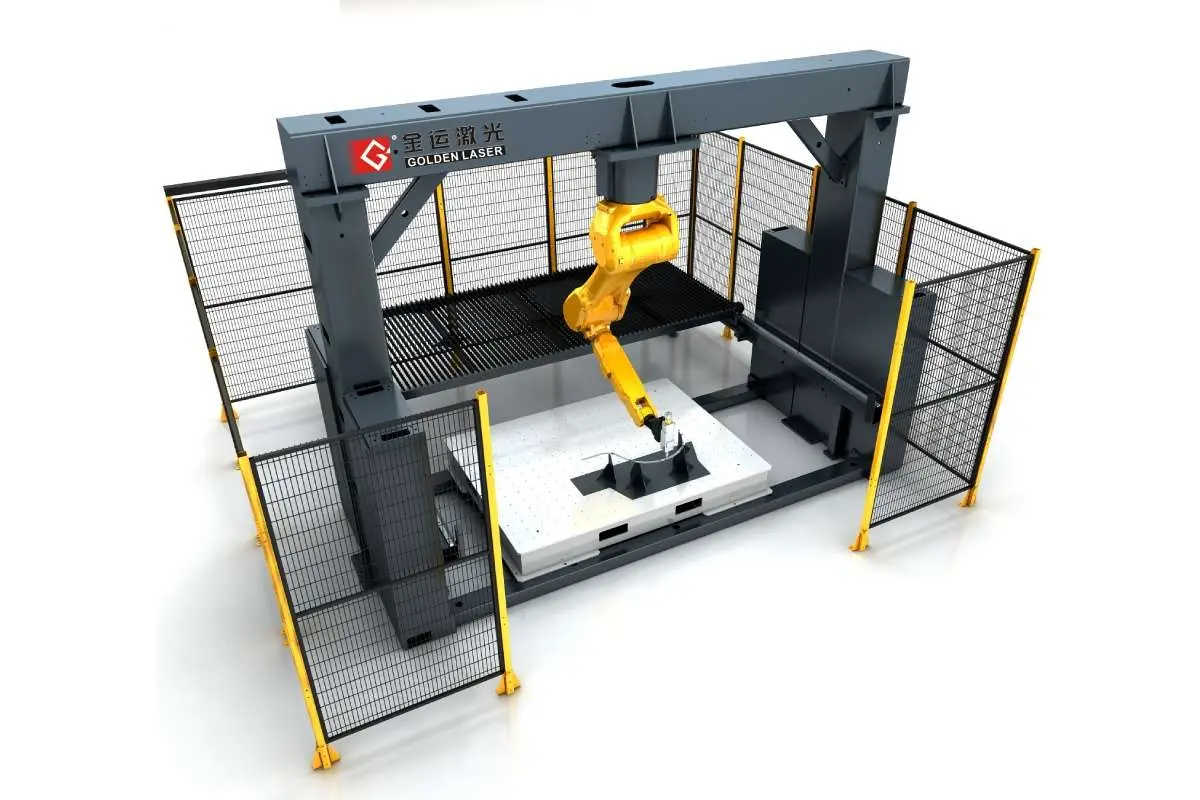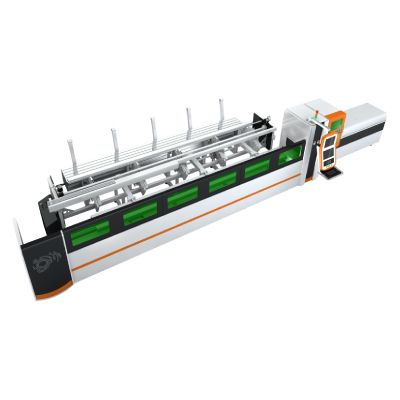
Exploring the Benefits and Advancements of High-Speed Industrial Laser Cutting Machinery in Modern Manufacturing Processes
In today’s fast-paced manufacturing landscape, High-Speed Industrial Laser Cutting Machinery has emerged as a revolutionary tool that enhances production efficiency and precision. As industries continue to evolve and adapt to consumer demands and technological innovations, the introduction of high-speed laser cutting systems has transformed traditional cutting methods, delivering a wide array of benefits. This article will delve into the advantages, technological advancements, and applications of high-speed industrial laser cutting machinery, illustrating why it is an indispensable asset for manufacturers.
The fundamental principle of laser cutting involves the use of focused laser beams to melt or vaporize materials in a highly localized manner. Unlike conventional mechanical cutting methods, which can produce rough edges and require extensive finishing, high-speed laser cutting provides cleaner cuts with exceptional edge quality. This precision is particularly crucial in industries such as aerospace, automotive, and electronics, where tolerances can mean the difference between success and failure.

Exploring the Benefits and Advancements of High-Speed Industrial Laser Cutting Machinery in Modern Manufacturing Processes
One of the primary advantages of high-speed industrial laser cutting is its efficiency. These machines can operate at incredible speeds, significantly reducing the time required to complete cutting tasks. In fast-paced production environments, this translates into shorter lead times and increased output capacity. Moreover, high-speed laser cutting often leads to reduced operational costs due to less material waste and the elimination of secondary processing, such as grinding or polishing.

Exploring the Benefits and Advancements of High-Speed Industrial Laser Cutting Machinery in Modern Manufacturing Processes
Recent advancements in laser technology, especially in fiber lasers, have further enhanced the capabilities of high-speed cutting machinery. Fiber lasers offer higher power densities and improved beam quality, resulting in faster and more precise cuts across various materials, including metals, plastics, and composites. These cutting-edge systems also exhibit lower energy consumption compared to traditional CO2 lasers, making them a more environmentally friendly option for manufacturers. This shift not only lowers operating costs but also aligns operations with global sustainability goals, a critical factor for businesses today.
Automation and integration with numerical control (CNC) systems play a significant role in the effectiveness of high-speed laser cutting machinery. With the ability to connect to computer-aided design (CAD) software, manufacturers can seamlessly transition from digital design to physical production. This integration allows for the rapid prototyping of complex parts, enabling industries to innovate and bring new products to market faster than ever. Additionally, automated material handling systems can be paired with laser cutting machines for uninterrupted production cycles, further enhancing throughput.
The versatility of high-speed industrial laser cutting is another compelling aspect. Unlike traditional cutting methods that may struggle with intricate designs and diverse materials, laser systems can easily adapt to different thicknesses, shapes, and elements. This flexibility makes laser cutting suitable for a wide range of applications, from creating intricate engravings on jewelry to cutting large sheets of metal for construction projects.
However, the transition to high-speed industrial laser cutting machinery is not without its challenges. The initial investment in these advanced systems can be significant, and operating them requires skilled personnel proficient in both the technology and safety protocols. As such, companies must weigh the long-term benefits against the upfront costs and ensure they invest in training and support to optimize their operations.
Looking ahead, the future of high-speed industrial laser cutting machinery appears bright. Ongoing research and innovation continue to push the boundaries of what laser technology can achieve. Developments in artificial intelligence and machine learning are opening new avenues for predictive maintenance, process optimization, and real-time monitoring, ensuring that manufacturers can maximize productivity while minimizing downtime.
In conclusion, high-speed industrial laser cutting machinery represents a paradigm shift in manufacturing processes, driving efficiency, precision, and flexibility across various industries. As technological advancements continue to unfold, those who embrace these cutting-edge systems will find themselves at a competitive advantage, poised to meet the challenges of modern production demands. The integration of high-speed laser cutting into manufacturing not only propels businesses forward but also positions them to thrive in an increasingly complex and demanding market landscape. fiber laser cutting machine supplier




